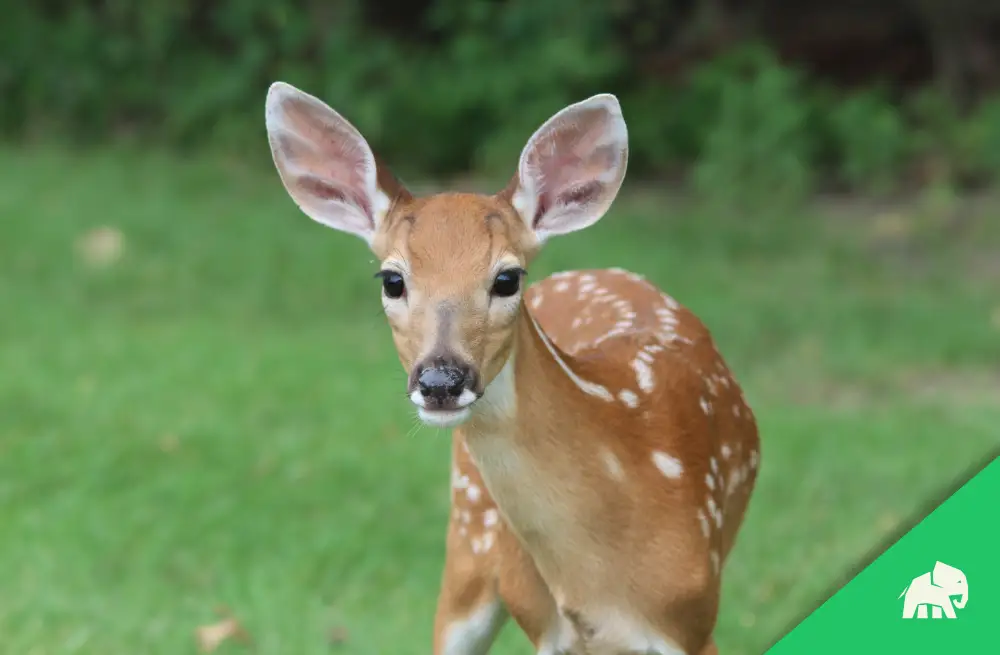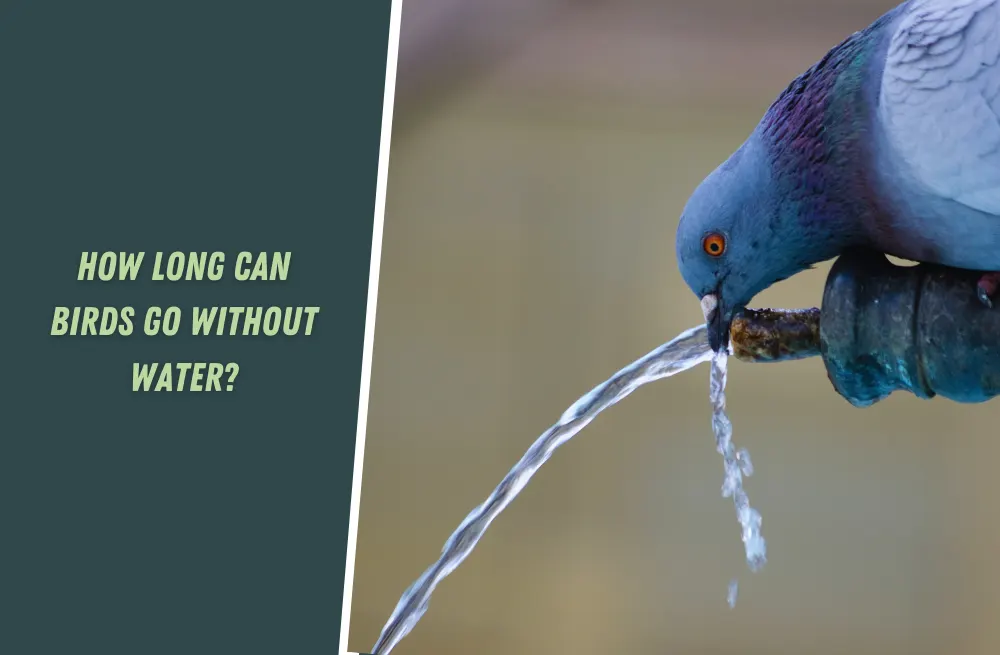Moose are majestic animals that inhabit the boreal forests and wetlands of North America, Europe, and Asia. These large herbivores are an important part of their ecosystems, playing a key role in controlling vegetation and providing food for predators.
One aspect of moose behavior that is particularly intriguing is their vocalizations. Like many animals, moose use different sounds to communicate with each other, conveying information about their location, status, and intentions.
Moose overview
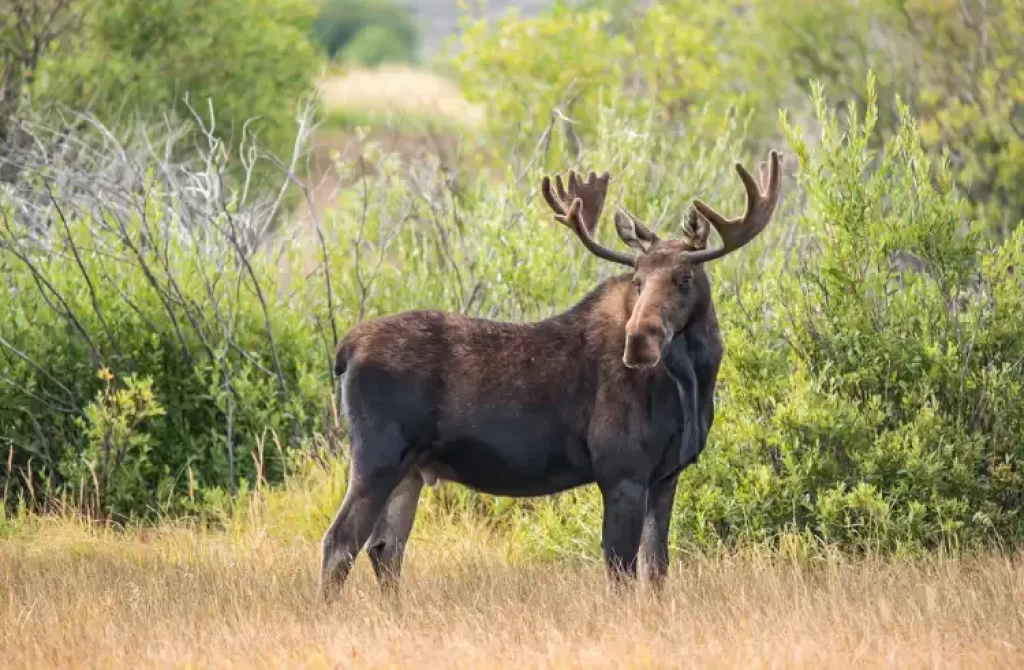
Appearance
Moose are the largest species in the deer family, and can stand up to 6 feet (1.8 meters) tall at the shoulder and weigh up to 1,500 pounds (680 kg). They have long, slender legs, a humped back, and a long, bulbous nose. Their fur is usually brown or black, and they have a distinctive flap of skin, called a bell, hanging from their throat.
Diet
Moose are herbivores, and their diet consists mainly of plants like leaves, bark, and twigs. They are especially fond of aquatic plants, and will often wade into shallow water to eat them.
Habitat
Moose are found in the northern regions of North America, Europe, and Asia. They prefer to live in forested areas near water, as this is where they can find their favorite foods. Moose are also excellent swimmers and are comfortable in water, so they can be found in wetland areas and near lakes and rivers.
Fun fact
Moose have a unique adaptation to their environment – their noses are specially designed to warm and humidify the cold, dry air they breathe in during the winter months. This helps to prevent their lungs from freezing and allows them to breathe more easily in the harsh winter climate.
What Sound Does a Moose Make?
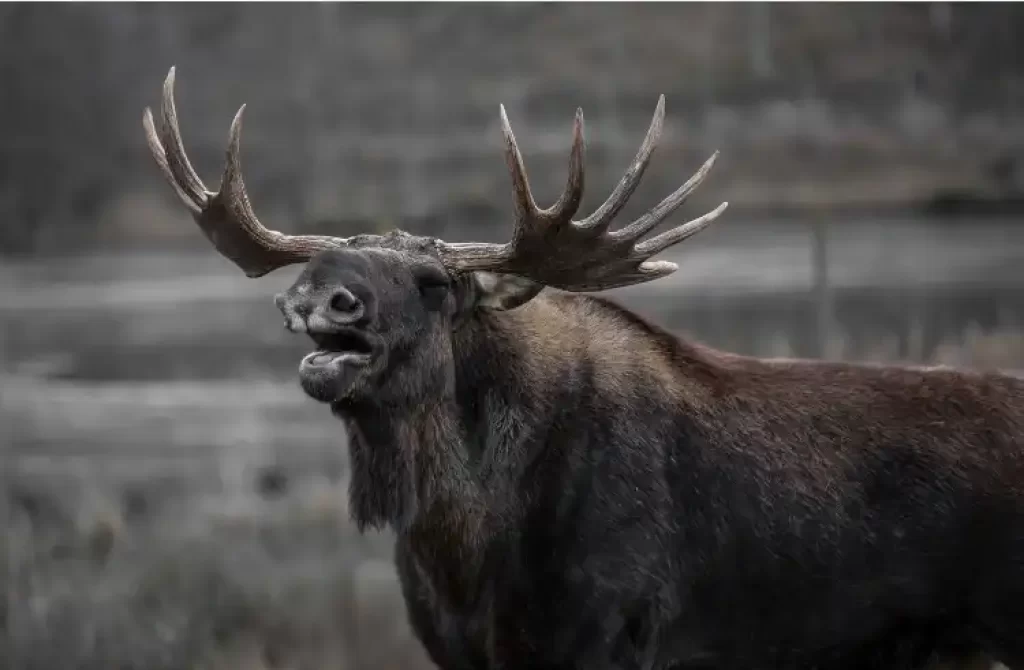
Moose are known to make a variety of vocalizations that serve different purposes, including communication, warning, aggression, and mating. Here are some of the different sounds that moose can make:
Grunts
Moose grunts are low, guttural sounds that are used for communication. They can mean different things depending on the context, but they are often used to signal contentment, submission, or to communicate with other nearby moose.
Bellows
Moose bellows are long, deep, and haunting sounds that are usually associated with mating season. Male moose will often bellow to attract female moose and to warn other males to stay away from their territory.
The bellow is a long, deep, and haunting sound that can be heard from several miles away, and it serves as a way for male moose to advertise their presence to potential mates and to intimidate other males who may be competing for the same territory.
Male moose will often spend hours bellowing during mating season, and the sound is a powerful and unmistakable signal of their strength and virility. Female moose will listen for the sound of a male’s bellow and will often respond by approaching the male, allowing him to mate with her if he proves to be the strongest and most attractive candidate.
Snorts
These short, explosive sounds are one of the ways that moose express their emotions and communicate with each other.
When a moose feels startled or alarmed, it may emit a snort to warn others in the area of potential danger. Similarly, a mother moose may use snorts to communicate with her calf, alerting it to potential threats or indicating that it’s time to move on.
Although snorts are typically associated with alarm or warning, they can also be used in more playful contexts. For example, two moose playing together may make snorting sounds as part of their interactions.
Moose sounds (Click to listen)
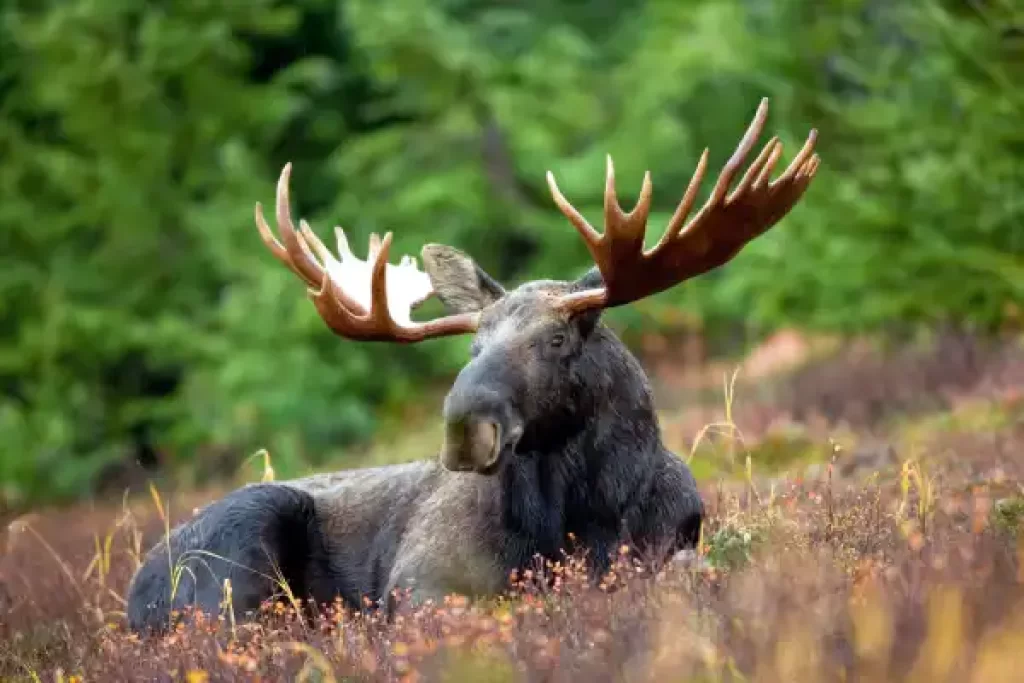
Moose sounds
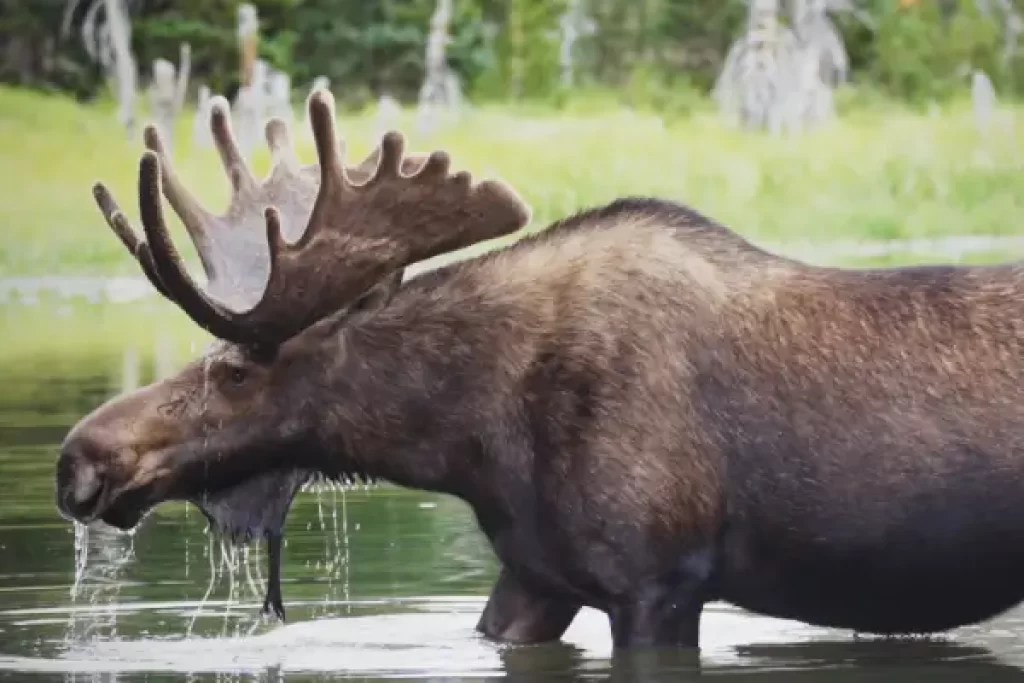
Moose sounds in the wild
What sound do female moose make?
Female moose make a variety of sounds to communicate with their calves and other members of their herd. The low, moaning sound is a common way for mothers to communicate with their young, while the high-pitched whining noise is used to signal alarm or threat.
Female moose may also make grunting or snorting sounds in response to perceived danger or to communicate with other moose.
Can you imitate a moose call?
It is possible to imitate a moose call, but it takes practice and skill to get it right. One common technique is to use a grunt tube, which is a device that simulates the sound of a male moose grunt. Alternatively, you can try to mimic the sounds using your voice or by blowing into your hands.
However, it is important to remember that moose are wild animals and should be treated with caution and respect.
Tips for calling moose
Calling a moose can be an effective way to attract them closer and increase your chances of a successful hunt or observation. Here are a few tips to keep in mind when calling a moose:
Learn the different types of moose calls
Moose have various vocalizations that can be used for different purposes, such as attracting a mate or warning of danger. Make sure to familiarize yourself with these calls and practice them before heading out into the field.
Use the right equipment
When calling moose, you’ll need the right equipment, such as a high-quality moose call, to produce realistic and convincing sounds.
In addition to a high-quality moose call, there are a few other pieces of equipment that can be useful when calling moose:
Camouflage clothing: Moose have excellent eyesight and can spot movement from a distance. Wearing camouflage clothing can help you blend in with your surroundings and increase your chances of going unnoticed by the moose.
Binoculars or spotting scope: A good pair of binoculars or a spotting scope can be invaluable when calling moose, as they allow you to scan the surrounding area for any signs of movement or activity.
Wind indicator: Moose have a keen sense of smell, and the slightest scent of human presence can spook them. A wind indicator can help you determine the direction of the wind and avoid alerting the moose with your scent.
GPS or map: When calling moose, it’s important to have a good understanding of the terrain and the location of nearby water sources, food sources, and potential hiding spots for the moose. A GPS or map can help you navigate the area with confidence.
Remember, it’s important to choose equipment that is appropriate for your skill level and experience level. Always practice proper safety measures and be prepared for any potential hazards when calling moose.
Use the right technique
Calling a moose requires skill and patience. It’s important to use the right technique, such as varying the volume and pitch of your calls and waiting for a response before calling again.
Be aware of your surroundings
When calling moose, it’s important to be aware of your surroundings and the potential dangers that come with being in the wilderness. Be sure to scout your location ahead of time and be prepared for any potential hazards.
Respect wildlife and hunting regulations
It’s important to always follow hunting regulations and ethical guidelines when calling moose. Respect the animals and their habitat and remember that calling should only be used as a last resort and with caution.
Conclusion
It’s fascinating to learn about the various sounds that moose make, and it’s important to note that the sounds mentioned above are only the most common.
Additionally, it’s worth noting that female moose are also capable of roaring, demonstrating that the ability to produce certain sounds is not always limited to a specific sex.
However, it’s essential to keep in mind that moose are powerful animals and can become aggressive if they feel threatened. If you are trying to call moose while out in the woods, it’s crucial to do so with extreme caution and follow any relevant safety guidelines.
Always maintain a safe distance from the animals and avoid approaching them. With proper precautions and respect for these magnificent creatures, you can safely enjoy observing them in their natural habitat.
Moose FAQ’s
Q: What is the most common sound that moose make?
A: Moose make a variety of sounds depending on their age, gender, and situation, but the most common sound is probably the low, guttural call known as a “grunt” that male moose make during the mating season.
Q: Do male and female moose make the same sounds?
A: While some sounds are more common for one sex or the other, both male and female moose are capable of making most of the sounds associated with their species.
Q: Why do moose make sounds?
A: Moose make sounds for various reasons, including to communicate with other members of their herd, signal alarm or threat, and attract a mate during the breeding season.
Q: How far can a moose hear a call?
Moose have excellent hearing and can detect sounds from a considerable distance away. Depending on the terrain and weather conditions, moose can hear calls and other sounds from up to a mile or more away.
However, the actual distance that a moose can hear a call will vary depending on several factors, including the volume and pitch of the sound, the presence of other ambient noise in the environment, and the moose’s own hearing ability.


